Pros and Cons of Burning
Fire is an important natural ecological process in many ecosystems. In this article we'll look at the pros and cons of using prescribed fire for land stewardship.
Fire can be a useful and flexible land management tool. So why don’t more people use it? Why do some people think fire is generally bad? Probably because they have not taken time to study natural resource ecology and prescribed burning.
Fire is an important natural ecological process in many ecosystems. From an ecological perspective, fire is as important as herbivory and rest in many landscapes.
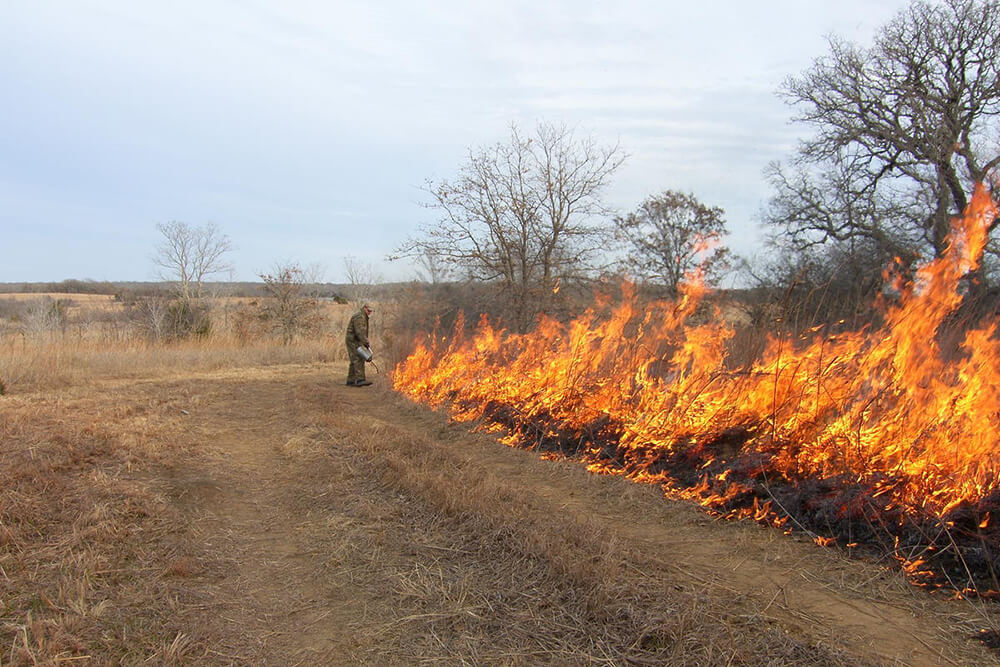
Differences between Wildfire, Controlled Fire and Prescribed Fire
Wildfire is unplanned and uncontrolled, whether ignited by lightning, a human or other ignition source.
A “controlled fire” is ignited intentionally by a human with a desire to control it, but the fire may or may not involve adequate planning, preparation, labor and equipment to contain it. This is typically the type of fire referenced by news media when they say a “controlled burn” escaped and became a wildfire.
A prescribed burn has a thoughtfully prepared written prescription that describes the objectives of the burn, burn unit, firebreaks, coarse and volatile fuel considerations near firebreaks, acceptable weather parameters (including wind speed, wind direction, relative humidity, temperature and smoke dispersion), acceptable soil moisture, labor needed, equipment needed, civil authority and neighbor notifications, ignition procedures, contingency protocols, and mop-up and monitoring protocols. A prescribed burn is ignited only when all these considerations are within or adhere to the prescription. Due to adequate planning, preparation and implementation, relatively few prescribed burns escape to become wildfires.
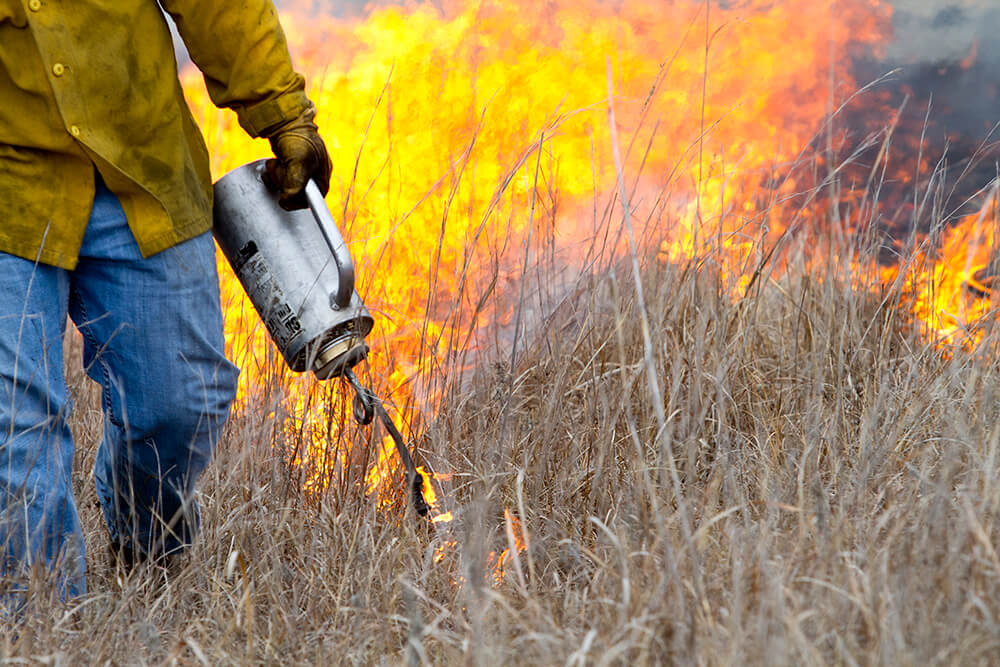
Burning Cons
Fire, especially wildfire, has potential to cause harm.
- Can injure or kill people or animals
- Can destroy property such as buildings, wooden or plastic fences, wooden utility poles, vehicles, hay, crops or timber
- Can cause offsite smoke problems for traffic on roads and airports, air quality in cities, and breathing compromised individuals
- Can be a liability risk
- Can accentuate drought impacts temporarily by destroying mulch on the soil and reducing stockpiled livestock forage
- Requires labor, equipment and time for prescribed fire preparation and implementation; wildfire suppression costs are typically greater than prescribed fire costs
- Requires grazing deferment to accumulate adequate fuel for a prescribed burn; grazing deferment is a cost because it represents forage that could have been grazed; however, the long-term costs of not burning when fire is needed are generally greater than prescribed burning
- Decreases organic matter temporarily in surface litter and duff
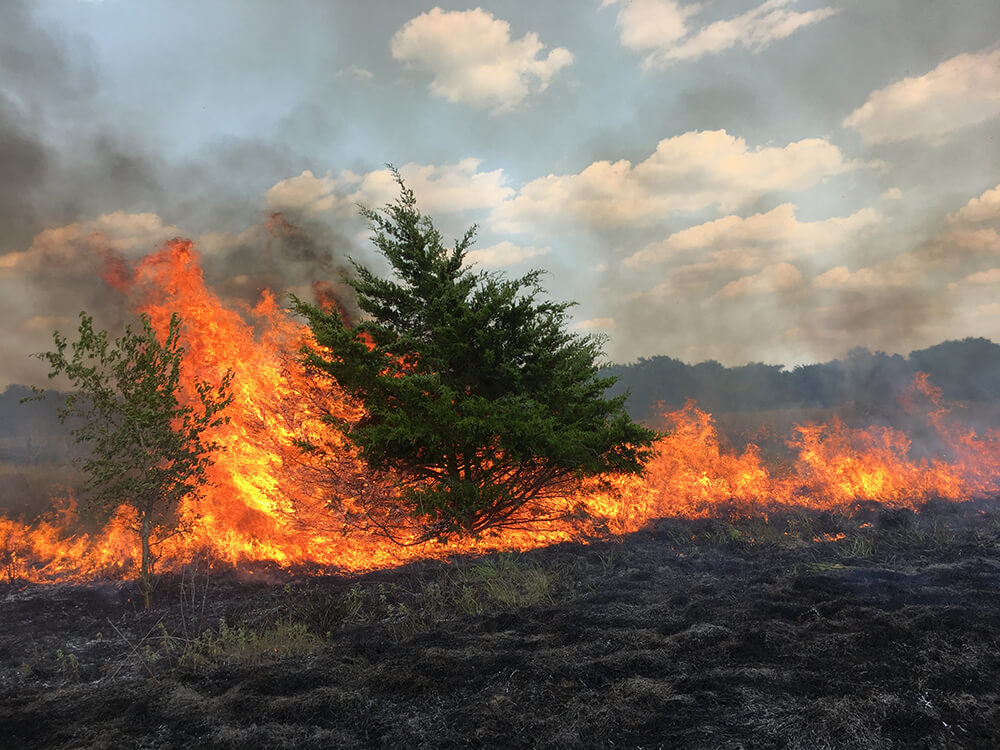
Burning Pros
With the potential cons, why burn? Properly planned and implemented prescribed burns provide several benefits while mitigating or avoiding most cons.
- Restores fire on the landscape, which is an important ecological process—several plants and ecosystems are fire dependent
- Increases plant diversity, which usually increases wildlife diversity and ecosystem health
- Increases legumes in plant communities
- Inhibits woody encroachment in prairies and excessive woody understory growth in forests and woodlands
- Reduces overabundant fire-sensitive species such as eastern red cedar and ashe juniper—such plants become overabundant only due to the absence of fire
- Increases herbaceous production (e.g., grasses, forbs and sedges) in forests and woodlands
- Increases plant palatability, nutrient content and availability for herbivores, commonly for 3-6 months post-burn
- Decreases wildfire risk by removing accumulated fuels, commonly for 1-2 years post-burn
- Influences grazing distribution of large herbivores, both domestic and wild, across a landscape—can be used in lieu of interior fencing
- Reduces plant thatch for wildlife species that require some patches of bare ground such as northern bobwhite, mourning dove, killdeer, Texas horned lizard, several annual wildflowers and other species
All these benefits of fire are temporary, which emphasizes the importance of appropriate fire frequency.
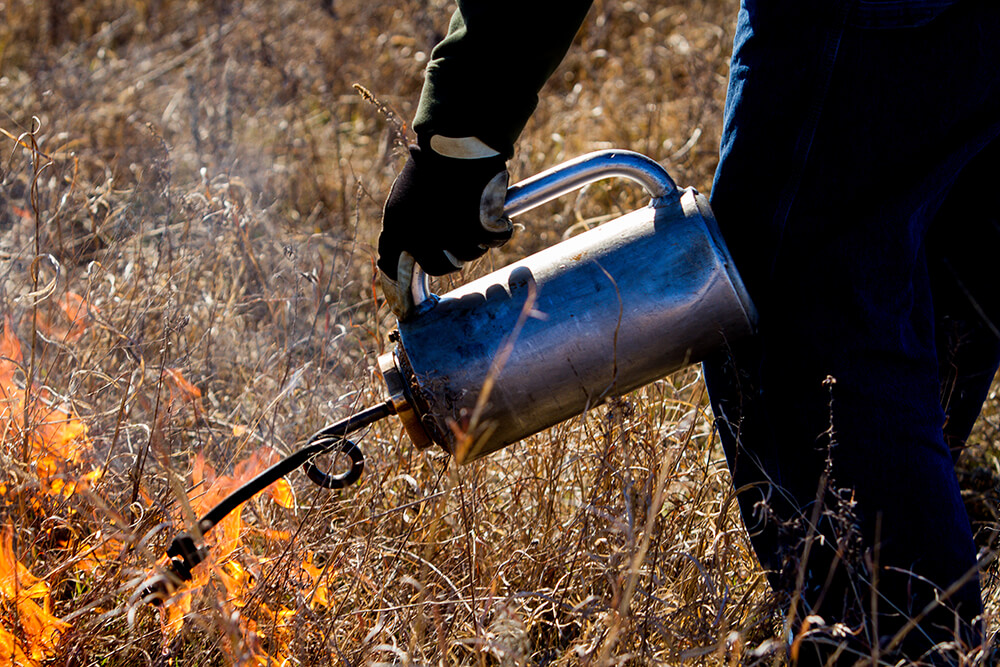
3 Misconceptions about Prescribed Fire
Some people believe the following cons exist with prescribe burning, but they are actually misconceptions.
- Misconception: prescribed fire reduces subsurface soil organic matter in native rangelands, woodlands and forests.
Truth: although fire temporarily decreases organic matter in the surface litter (impacts typically last less than 1 year with normal precipitation) and the duff layer (impacts typically last less than 2 years with normal precipitation), prescribed fire applied at an ecosystem’s historical fire frequency usually does not decrease subsurface soil organic matter relative to unburned sites. Most studies that show a negative impact of fire on subsurface organic matter were conducted in relatively simple planted communities such as cropland or introduced pasture. Most studies conducted in more complex native ecosystems did not show a negative relationship between prescribed fire and subsurface organic matter. - Misconception: prescribed fire reduces carbon stored in the subsurface soil profile.
Truth: prescribed fire applied at an ecosystem’s historical fire frequency usually does not decrease long-term subsurface total carbon including total organic carbon, labile carbon or biochar carbon relative to unburned sites. - Misconception: prescribed fire reduces soil profile stable aggregates and increases bulk density.
Truth: prescribed fire applied at an ecosystem’s historical fire frequency does not reduce soil profile stable aggregates or increase bulk density relative to unburned sites.
However, these misconceptions can be truths when the following situations exist:
- Fire intensity is extreme such as under burned brush piles.
- Fire is applied more frequently than an ecosystem’s normal fire frequency.
- Fire is regularly applied to relatively simple planted systems (versus complex native systems) dominated by non-native plants such as cropland or introduced pasture.
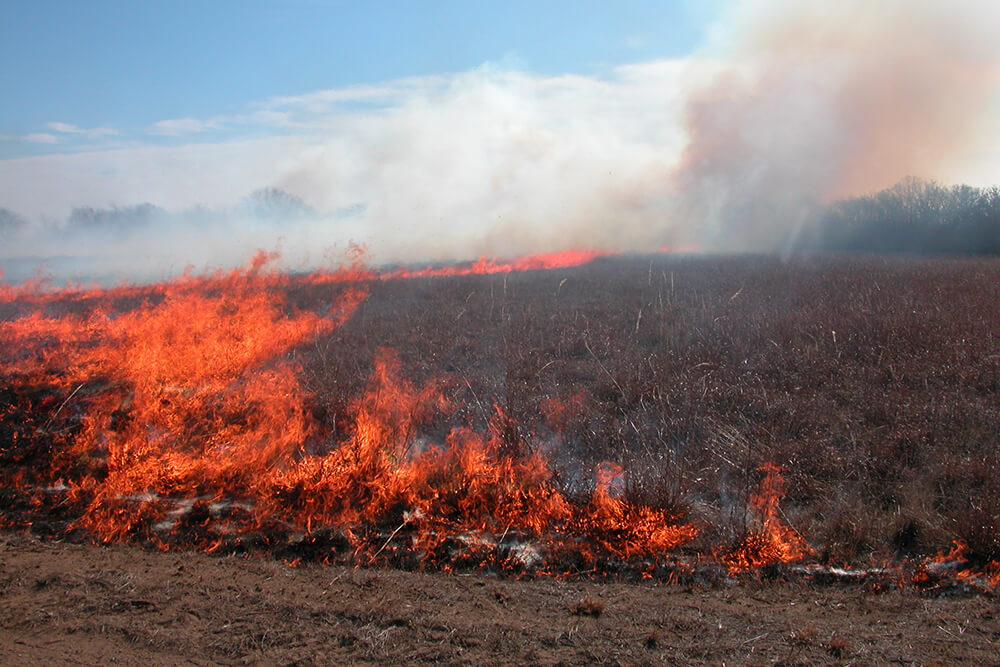
When prescribed fire is used properly, most harmful effects of fire can be avoided. Obtaining desirable results with burning is not as simple as striking a match. Whether fire helps or hurts depends upon how, when, where and why it is used. Fire impacts vary depending upon the ecosystem burned, soil moisture present during burns, frequency of burns, intensity of burns, season of burns, and slope and aspect of terrain burned. Careful planning and an adequate understanding of soil, plant, animal and fire ecology are necessary to obtain consistent benefits from burning.
To expand one’s knowledge regarding beneficial uses of fire, a person can read some of the many publications available from reputable sources or visit with knowledgeable personnel at such places. A few examples of reputable sources are provided below:
- Noble Research Institute
- Prescribed Fire Community of Practice
- Cooperative extension services such as Oklahoma State University Extension and several others
- Joint fire exchanges
- USDA Natural Resources Conservation Service
- USDA Forest Service

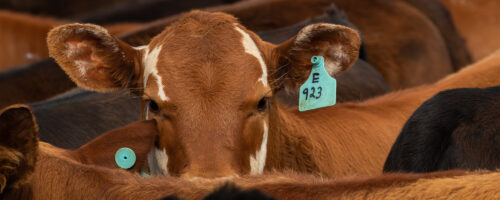
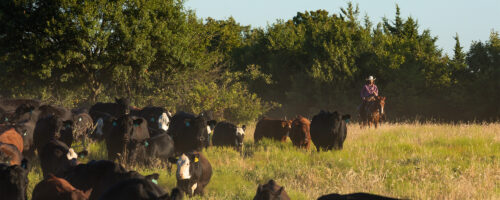
Comment